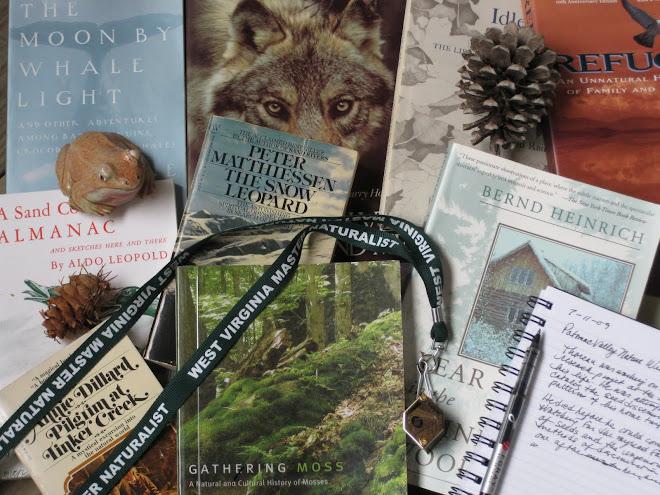 We are now heading into late summer and plants are setting seed. One of the things I most enjoy at this time of year is marveling at the variety of forms produced by seed bearing plants.
We are now heading into late summer and plants are setting seed. One of the things I most enjoy at this time of year is marveling at the variety of forms produced by seed bearing plants.August and September's book selection is Thor Hanson's The Triumph of Seeds: How Grains, Nuts, Kernels, Pulses and Pips Conquered the Plant Kingdom and Shaped Human History.
"Spanning the globe from the Racoon Lodge--Hanson's backyard writing hangout cum laboratory--to the coffee shops of Seattle, from flower patches to the spice routes of Kerala, this is a book of knowledge, adventure and wonder, spun by a writer with both fireside charm and hard-won expertise. It is a worthy heir to the grand tradition of Aldo Leopold and Bernd Heinrich and essential reading for anyone who loves to see a plant grow."
For more on seeds see my blog post here: http://trillium-theblogwithoutaname.blogspot.com/2009/08/diaspora.html



